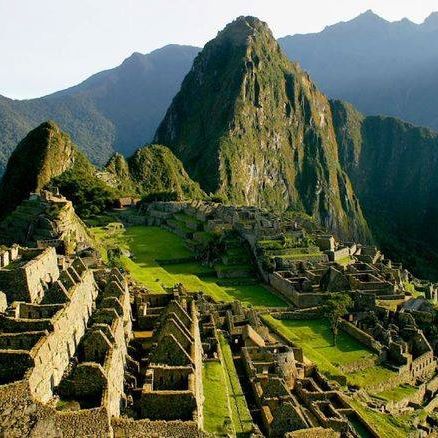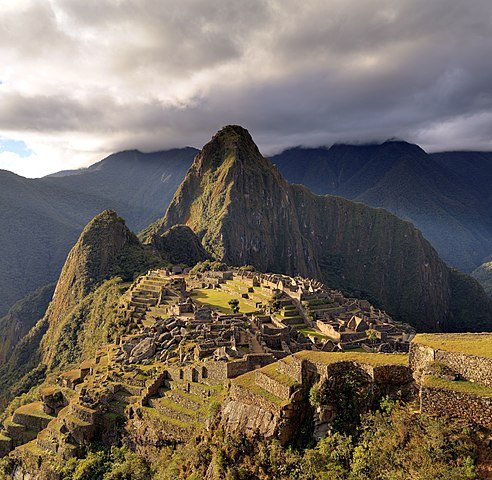Machu Picchu:The world best place for Travel
Machu Picchu (Spanish pronunciation: It is a 15th-century Inca citadel situated on a mountain ridge 2,430 metres (7,970 ft) above sea level. It is located in the Cusco Region, Urubamba Province, Machupicchu District in Peru, above the Sacred Valley, which is 80 kilometres (50 mi) northwest of Cuzco and through which the Urubamba River flows.
Most archaeologists believe that Machu Picchu was constructed as an estate for the Inca emperor Pachacuti (1438–1472). Often mistakenly referred to as the "Lost City of the Incas" (a title more accurately applied to Vilcabamba), it is the most familiar icon of Inca civilization. The Incas built the estate around 1450 but abandoned it a century later at the time of the Spanish Conquest. Although known locally, it was not known to the Spanish during the colonial period and remained unknown to the outside world until American historian Hiram Bingham brought it to international attention in 1911.
Machu Picchu was built in the classical Inca style, with polished dry-stone walls. Its three primary structures are the Intihuatana, the Temple of the Sun, and the Room of the Three Windows. Most of the outlying buildings have been reconstructed in order to give tourists a better idea of how they originally appeared. By 1976, thirty percent of Machu Picchu had been restored[5] and restoration continues.
Machu Picchu was declared a Peruvian Historic Sanctuary in 1981 and a UNESCO World Heritage Site in 1983. In 2007, Machu Picchu was voted one of the New Seven Wonders of the World in a worldwide Internet poll.
( )
)
Studies show that according to their skeletal remains, most people who lived there were immigrants from diverse backgrounds. They lacked the chemical markers and osteological markers they would have if they had been living there their whole lives. Instead, there was bone damage from various species of water parasites indigenous to different areas of Peru. There were also varying osteological stressors and varying chemical densities suggesting varying long term diets characteristic of specific regions that were spaced apart.[14] These diets are composed of varying levels of maize, potatoes, grains, legumes, and fish, but the overall most recent short-term diet for these people composed of less fish and more corn. This suggests that several of the immigrants were from more coastal areas and moved to Machu Picchu where corn was a larger portion of food intake.[13] The skeletal remains found at Machu Picchu are also unique in their level of natural bone damage from laborious activities. Most people found at the site had lower levels of arthritis and bone fractures found in most sites of the Inca Empire. Inca individuals that have arthritis and bone fractures are typically those who performed heavy physical labor (such as the Mit'a) and/or served in the Inca military ![Machupicchu_intihuatana.jfif]
![Machupicchu_intihuatana.jfif]
The World best place for Travel.(https://steemitimages.com/DQmNuGT9Vzz6B4isSeiy3f2Jxg8Fw7nvcNxs52FJEGRJvzP/Machupicchu_intihuatana.jfif).jpg) ![1235943_628229700555385_1267299874_n.jpg]
![1235943_628229700555385_1267299874_n.jpg]